How to Garden Vegetables for Veggie Success
 I’ve started to realize how much I want to know how to garden vegetables myself. Helping to put a few items on the dinner table now and then can be fulfilling at the least, and an important skill at the worst of times.
I’ve started to realize how much I want to know how to garden vegetables myself. Helping to put a few items on the dinner table now and then can be fulfilling at the least, and an important skill at the worst of times.
Here are a few tips to get you started in how to garden vegetables yourself!
Table of Contents
Location, Location, Location!
Your veggie garden needs a flat, sunny location that gets a minimum of 6 hours of direct sunlight. The more light the better for growing bigger, tastier veggies.
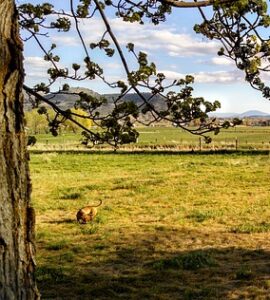 You want to make sure that your location isn’t in a low-lying area, too. If heavy rains come through (more likely in the spring and fall- harvest seasons) you could end up with a flooded garden! If the roots cannot breathe, they won’t survive long.
You want to make sure that your location isn’t in a low-lying area, too. If heavy rains come through (more likely in the spring and fall- harvest seasons) you could end up with a flooded garden! If the roots cannot breathe, they won’t survive long.
High winds can damage plants. Make sure your garden beds don’t dry out too much. A happy medium is the key, and a key component of that, is making sure you prepare the soil properly!
Understand the Importance of the Soil
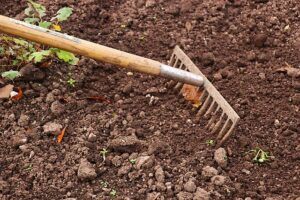 I want my plants to spend their limited time and resources on growing big, tasty veggies! If they have to expend more energy pushing roots through tough soil, or expanding their roots to find the right nutrients, the amount and quality of the harvest is likely to suffer.
I want my plants to spend their limited time and resources on growing big, tasty veggies! If they have to expend more energy pushing roots through tough soil, or expanding their roots to find the right nutrients, the amount and quality of the harvest is likely to suffer.
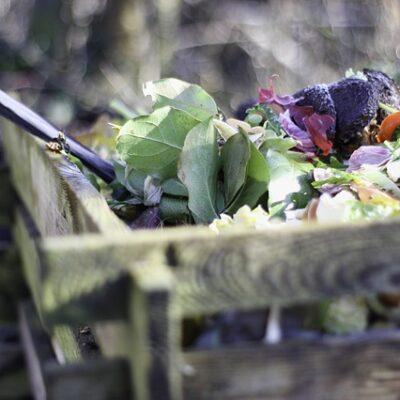 Compost is perfect for adding essential nutrients, and helping to find that sweet spot of drainage for healthy plants! Compost is a gardener’s best friend! For more information on how to start your own compost in 5 easy steps, check out our article on just that! You’ll have your own compost started in no time!
Compost is perfect for adding essential nutrients, and helping to find that sweet spot of drainage for healthy plants! Compost is a gardener’s best friend! For more information on how to start your own compost in 5 easy steps, check out our article on just that! You’ll have your own compost started in no time!
Mulch is an important part of creating and maintaining healthy soil. It helps to retain moisture, keep weeds at bay, and can even deter pests! I have used many types of mulch over the years, but my favorite is also my most frugal option! Leaves!
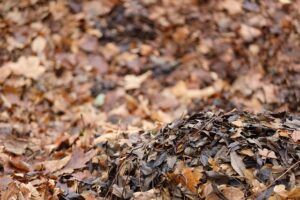 This fall/winter, I posted on my local NextDoor app to see if any of my local neighbors wanted me to take those bags of leaves off their hands, and my neighbors responded with gusto! I wound up getting over 25 bags of leaves to both add to my compost pile and to use as mulch in my current garden project.
This fall/winter, I posted on my local NextDoor app to see if any of my local neighbors wanted me to take those bags of leaves off their hands, and my neighbors responded with gusto! I wound up getting over 25 bags of leaves to both add to my compost pile and to use as mulch in my current garden project.
Once you have the soil prepared, it’s time to plant… or is it?
Know When to Sow
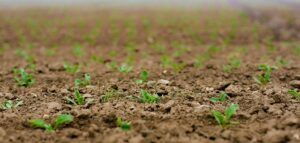 Depending on where you live, the best date to plant a particular type of vegetable depends on both the weather/seasonal frost dates in your area, and the type of veggie you have in mind. If you plant too early, an early spring frost could end up stunting or even killing the germinating seeds.
Depending on where you live, the best date to plant a particular type of vegetable depends on both the weather/seasonal frost dates in your area, and the type of veggie you have in mind. If you plant too early, an early spring frost could end up stunting or even killing the germinating seeds.
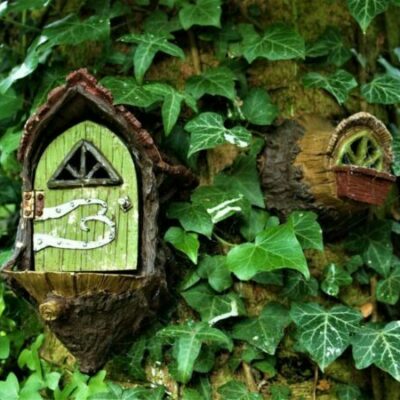 If you plant too late, you will end up with immature plants that won’t have anything for you come harvest time. You can look up local planting times for different seeds, check the seed packet themselves, or reach out to your local cooperatives or gardening organizations to get more detailed advice on the local consensus of when to plant what. You can also check out our article that goes over hardiness zones, with a little more detail here.
If you plant too late, you will end up with immature plants that won’t have anything for you come harvest time. You can look up local planting times for different seeds, check the seed packet themselves, or reach out to your local cooperatives or gardening organizations to get more detailed advice on the local consensus of when to plant what. You can also check out our article that goes over hardiness zones, with a little more detail here.
When you finally have the seeds in the ground, it’s now a matter of keeping them healthy and growing!
Upkeep and Maintenance – Pests, Disease and Weeds
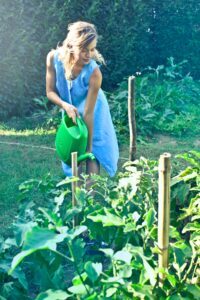 When it comes to the things that can go wrong in your burgeoning new garden, the keys are both prevention and consistency. The extra effort in the initial setup of the garden will make the maintenance much easier to anticipate. There will always be issues that crop up (pun intended) that were not expected, but the proper precautions early on will keep those to a minimum, and hopefully be easier to handle overall.
When it comes to the things that can go wrong in your burgeoning new garden, the keys are both prevention and consistency. The extra effort in the initial setup of the garden will make the maintenance much easier to anticipate. There will always be issues that crop up (pun intended) that were not expected, but the proper precautions early on will keep those to a minimum, and hopefully be easier to handle overall.
When a plant is healthy and thriving, it is much less likely to have issues with pests or disease. So keeping your garden plants up to their optimal health with proper attention and providing the right conditions means you’re less likely to have to deal with the problems themselves. When it does happen, however, there are a few steps you can take to help you retain whatever crop that’s anticipated.
Pests
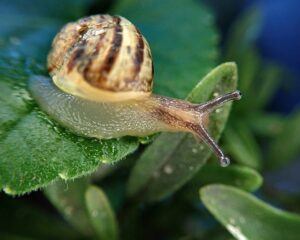 Firstly, identification. There are a lot of beneficial insects and other wildlife. Identifying the problem pests is key. There are friendly critters that love to help you out by feasting on their favorite garden pest for you!
Firstly, identification. There are a lot of beneficial insects and other wildlife. Identifying the problem pests is key. There are friendly critters that love to help you out by feasting on their favorite garden pest for you! 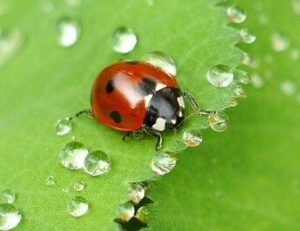 If you know what is damaging your plant, you most likely can find out what likes to feed on that particular pest. Sometimes, it’s simply a matter of encouraging (or even introducing) that pests major predator into your garden to curtail any further damage.
If you know what is damaging your plant, you most likely can find out what likes to feed on that particular pest. Sometimes, it’s simply a matter of encouraging (or even introducing) that pests major predator into your garden to curtail any further damage.
Secondly, cleanup. If you leave last year’s vines or plant matter in-ground, insects can spend the winter bundled up among the old plant matter, and will have perfect positioning for the first munches on the new spring arrivals. Cleaning up the garden bed helps get rid of those guys.
 Thirdly, move things around. If you keep the same plant in the same location year after year, the pests can establish a “base of operations”, if you will, nearby and simply wait until you’ve brought their food to them! Rotating your crops helps to prevent this.
Thirdly, move things around. If you keep the same plant in the same location year after year, the pests can establish a “base of operations”, if you will, nearby and simply wait until you’ve brought their food to them! Rotating your crops helps to prevent this.
(Pro tip- I personally like to use diatomaceous earth to control some of the unwanted critters. It is totally natural, and won’t harm pets or children who like to check out the garden too!)
Disease
Firstly, identification. Sometimes it’s easy to spot a diseased plant. Other times, especially for the novice gardener, it’s not.
 When out tending the garden, check if it’s just one type of plant in a certain area that is being effected, or if it’s maybe just a single species. (Ex. The onions look off but the cucumbers right next to them don’t.)
When out tending the garden, check if it’s just one type of plant in a certain area that is being effected, or if it’s maybe just a single species. (Ex. The onions look off but the cucumbers right next to them don’t.)
Then look it up. Once you have determined it is, in fact, a disease, and which plants are being effected, you can move on to the next step.
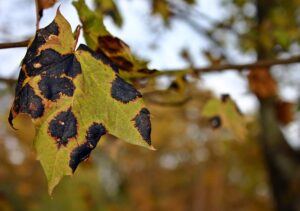
Secondly, removal. Get the diseased plants out of the garden ASAP. You don’t want healthy, unaffected plants exposed to the sickly ones if at all possible.
Thirdly, clean up and move around. Disease can live in the soil, so clean up after the harvest is important.
Rotating the location of your crops also helps to keep the garden healthy. Different plants require different nutrients from the soil.
 Let’s say plant A absorbs nutrient X from the soil, but plant B absorbs nutrient Y. If you switch the plants location after a harvest, then all the nutrient X will still be available for plant A in plant B’s former location and vice versa. Soil that has had all it’s nutrients depleted is unhealthy.
Let’s say plant A absorbs nutrient X from the soil, but plant B absorbs nutrient Y. If you switch the plants location after a harvest, then all the nutrient X will still be available for plant A in plant B’s former location and vice versa. Soil that has had all it’s nutrients depleted is unhealthy.
Unhealthy soil is prime ground for disease.
(Pro tip- There are lots of different varieties of veggies. If there is a particular issue you’re having a hard time fixing, try researching a resistant variety of that plant. These are specific types of plant that are either naturally resistant to disease, or have been made so by man.)
Weeds
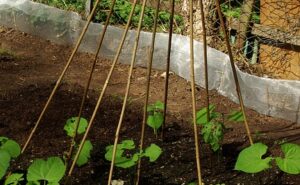 Firstly, preparation. Your best friend will be preparation in this arena. If you get your garden set up for success, you’ll have an easier go of it.
Firstly, preparation. Your best friend will be preparation in this arena. If you get your garden set up for success, you’ll have an easier go of it.
You want to try to make sure you have a weed prevention barrier of some kind around the edges of your garden. This can be a raised bed wall, landscaping material (laid down before the soil to prevent anything from growing underneath), or something as simple as cardboard from your most recent Amazon excursion.
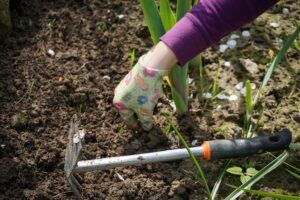 Secondly, consistency. Every time you go to tend the garden, pull whatever weeds you find.
Secondly, consistency. Every time you go to tend the garden, pull whatever weeds you find.
However often you actually go tend your garden will also determine how healthy and productive it will be, so checking on it every day would not go amiss.
Thirdly, use caution when weeding. If you get the weed that is currently growing from the root, that one will go away. If you disturb the soil a lot when you do this, however, you risk exposing dormant seeds or off-shoots of the weed to sunlight, which can trigger their germination.
That means more weeds in the same spot you just cleared! So try to disturb the soil as little as possible.
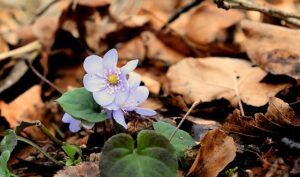 (Pro tip- Mulch! I personally like to use leaves for mulch in most of my garden. The wood chip variety that is common in home improvement and gardening stores are my second favorite, but they don’t add the nutrients that the leaves from last fall do. Mulch of whatever variety keeps light from getting to the weeds so it’s harder for them to grow.)
(Pro tip- Mulch! I personally like to use leaves for mulch in most of my garden. The wood chip variety that is common in home improvement and gardening stores are my second favorite, but they don’t add the nutrients that the leaves from last fall do. Mulch of whatever variety keeps light from getting to the weeds so it’s harder for them to grow.)
To Harvest or not to Harvest?
There is no exact number of days or a specific magic day to harvest your veggies.
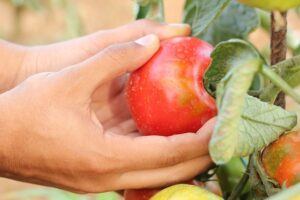 The best rule of thumb is to pick your vegetable right before full maturity. Each plant is different in its yield (how much you can get from one plant), it’s time to harvest, and the signs that the time is right for you to collect your bounty.
The best rule of thumb is to pick your vegetable right before full maturity. Each plant is different in its yield (how much you can get from one plant), it’s time to harvest, and the signs that the time is right for you to collect your bounty.
I suggest checking the seed packets, they usually have typical harvest times and tips. For further details, your local co-op is bound to have many seasoned vegetable growers that are more than happy to share their knowledge with you!
No matter what you decide to grow, the harvest is for sure one of the more fun portions of the gardener’s tasks! Have fun!
Now That you Know How to Garden Vegetables, Literally enjoy the fruits (or vegetables in this case) of your labor!

With these basics on vegetable gardening, you’ll be prepared to get out there and get growing! If you are growing your own vegetables, please feel free to share your progress and your harvest! We would love to see what you’ve got growing!
Happy gardening!
Gratefully,
Randi
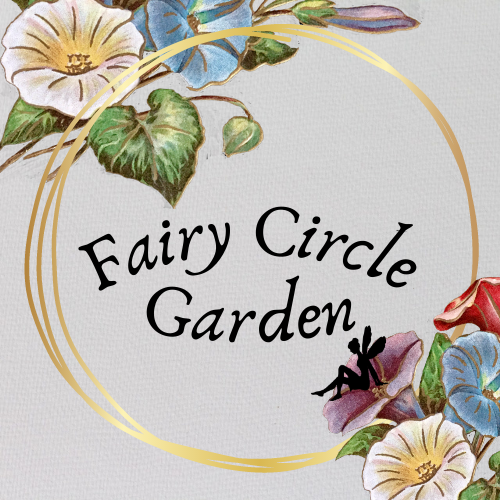
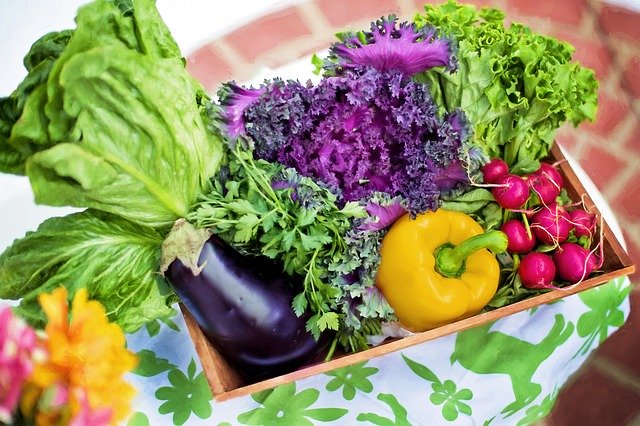
Loved this article! Some very handy and useful tips here! I particularly liked the comments of introducing predators to eliminate garden pests although I can’t think of any that would do the trick of eliminating garden snails! We are plagued with these each year and have to resort to using snail pellet baits to control the problem. Using leaves as mulch is a good idea and we have compost bins in our garden for gathering them to use as garden mulch.
Seaweed mulch! Or seaweed spray. Slugs hate the stuff! It’s not a predator, but it will keep the buggars out of the garden! 🙂 Let me know how it works for you!
Hi Randi, hi Jeremy!
Thanks for this comprehensive guide. I love it, as I’ve been thinking about gardening vegetables in our backyard myself. The problem is, and you pointed that out in the very beginning, that our backyard has way too little direct sunlight. I have about 16 square meters back there I could use to grow my own veggies, but I think without enough sun it won’t work :-/ Do you have any suggestions? Are there any vegetables I can grow “in the shadows”?
All the best,
Chris
Chris,
It’s my pleasure to provide whatever assistance I can to get the world gardening!
As for your yard, fear not, for I have plenty of tips! I will be creating an article specifically on partial shade gardens in the future, but for now, here’s some tips for you to use now!
A lot of your fall and winter crops do well in shade. Leafy greens, root-based veggies (potatoes, carrots, beets, radishes, etc.) and even some of your flavor enhancers like garlic and leeks can do well with less-than-full-sun.
You also want to make sure to adjust your watering schedule, because due to the lack of evaporation that occurs in full-sun areas, you simply won’t need to water your plants as much!
Also, if it’s something you feel you can work with, I have seen several instances where large reflective surfaces are utilized to provide some needed light in shadowed areas.
Let me know if this helps!
Thanks again!
This is a great article if you want to know how to make your own garden to put nutritional foods on the table. The way you describe the way the dirt needs to be is useful to keep the medium at a good stop with water, to nutrients.
The light is a big role in growing as well we grow CBD no vegetables but we deal with lots of soil and nutrients and ph water.
But this does have the same way of growing water, nutrients and lights, with good oxygen to the roots they will double in size and so will your fruits.
Cheers,
Mathew&Deloris
Mathew&Deloris,
Thank you so much! It really is amazing the difference the right environmental factors make! I would love to see your plants! I didn’t get into the importance of ph in soil in this article, because it’s more of a “beginners guide”, if you will. I will be doing more in depth articles in the future and that, among other important soil aspects for gardeners, will be included in that one for sure! I’ll make sure to share a link for it on here when I do! Thank you again, and happy gardening!